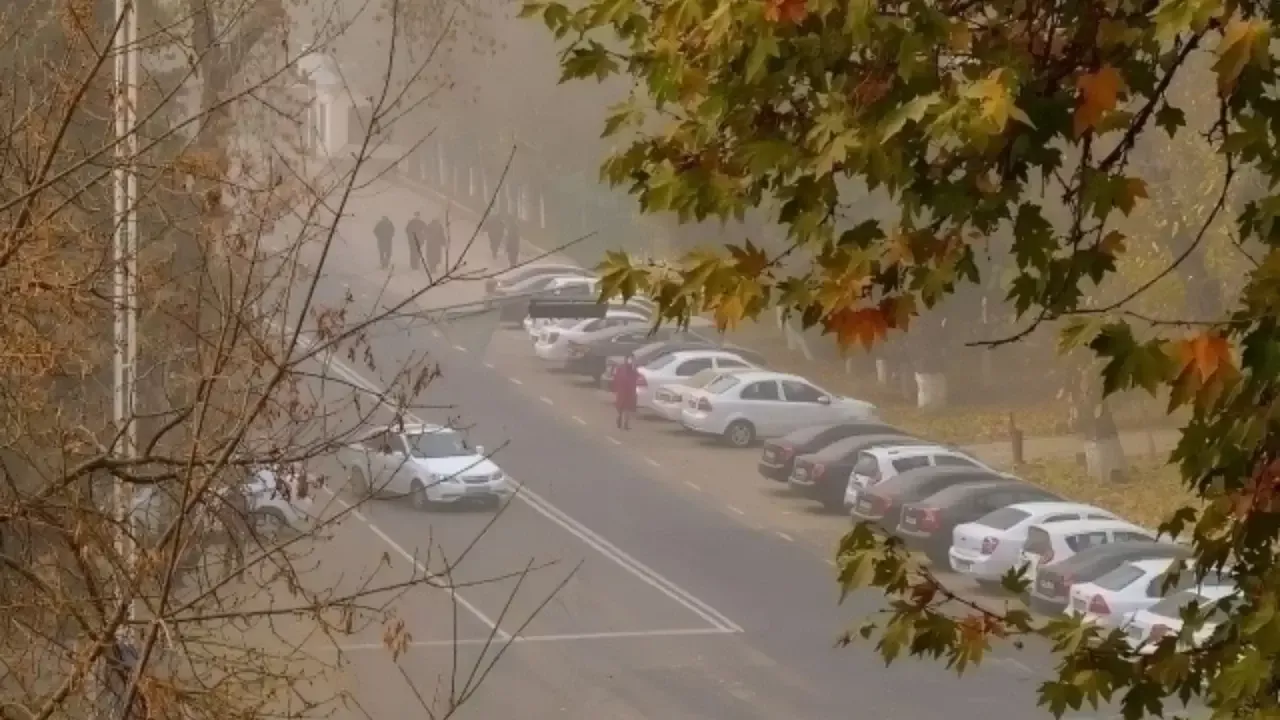
On September 21, a record increase in air pollution was observed in the city of Tashkent. This was reported by Zamin.uz.
The Ministry of Ecology, Environmental Protection and Climate Change clarified this situation and provided information about the causes of pollution and its negative consequences. The main reason was the formation of a low-pressure area, which led to temperatures rising to 34-35 degrees in the regions of Samarkand, Jizzakh, Syrdarya, and Tashkent.
In particular, temperatures in the southern areas of Tashkent region exceeded 35 degrees. This process was associated with the arrival of a cold anticyclone to the area and an increase in atmospheric pressure to 1028 hPa.
Additionally, with the onset of westerly winds, dusty air arrived in Tashkent on September 22. Dust particles coming from the Aydarkul and Kyzylkum regions caused an increase in the concentration of fine particles PM2.5 and PM10 in the city’s air.
According to measurements by Uzhydromet, the concentration of PM2.5 particles reached 142 micrograms/m³, exceeding national standards by four times. This situation not only harms people's respiratory tracts but also poses a serious long-term health risk.
In the evening in Tashkent, the increase in fine particles in the air led to reduced visibility; in particular, visibility at the international airport was limited to 4000 meters. According to Uzhydromet’s forecast, air pollution may continue on September 23-24.
Due to the inversion phenomenon, the amount of particles may increase again. The disappearance of the low-pressure area and the onset of new atmospheric processes will lead to air purification, but this process will be slow.
Therefore, time and favorable atmospheric conditions will be necessary for the air quality in Tashkent to return to a high standard. This depends on the reduction of dust and chemical substances that pose a danger to people and the environment.
It is important for every citizen to pay attention to air quality and to approach environmental protection and ecological measures with responsibility. Source: Ministry of Ecology, Environmental Protection and Climate Change, Uzhydromet.







